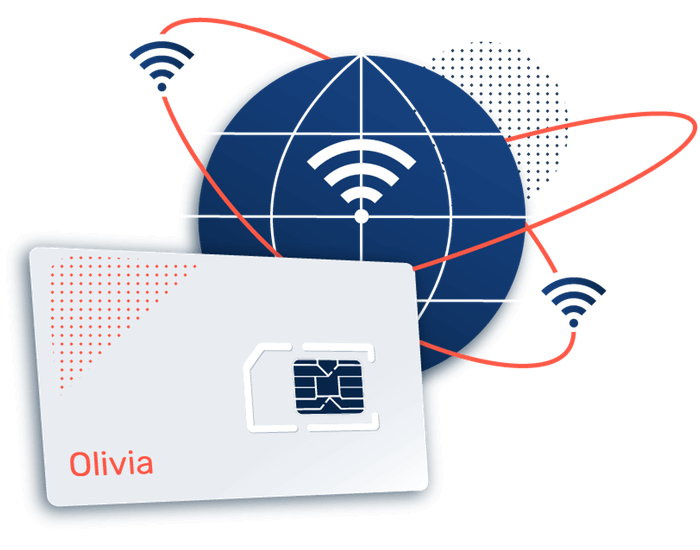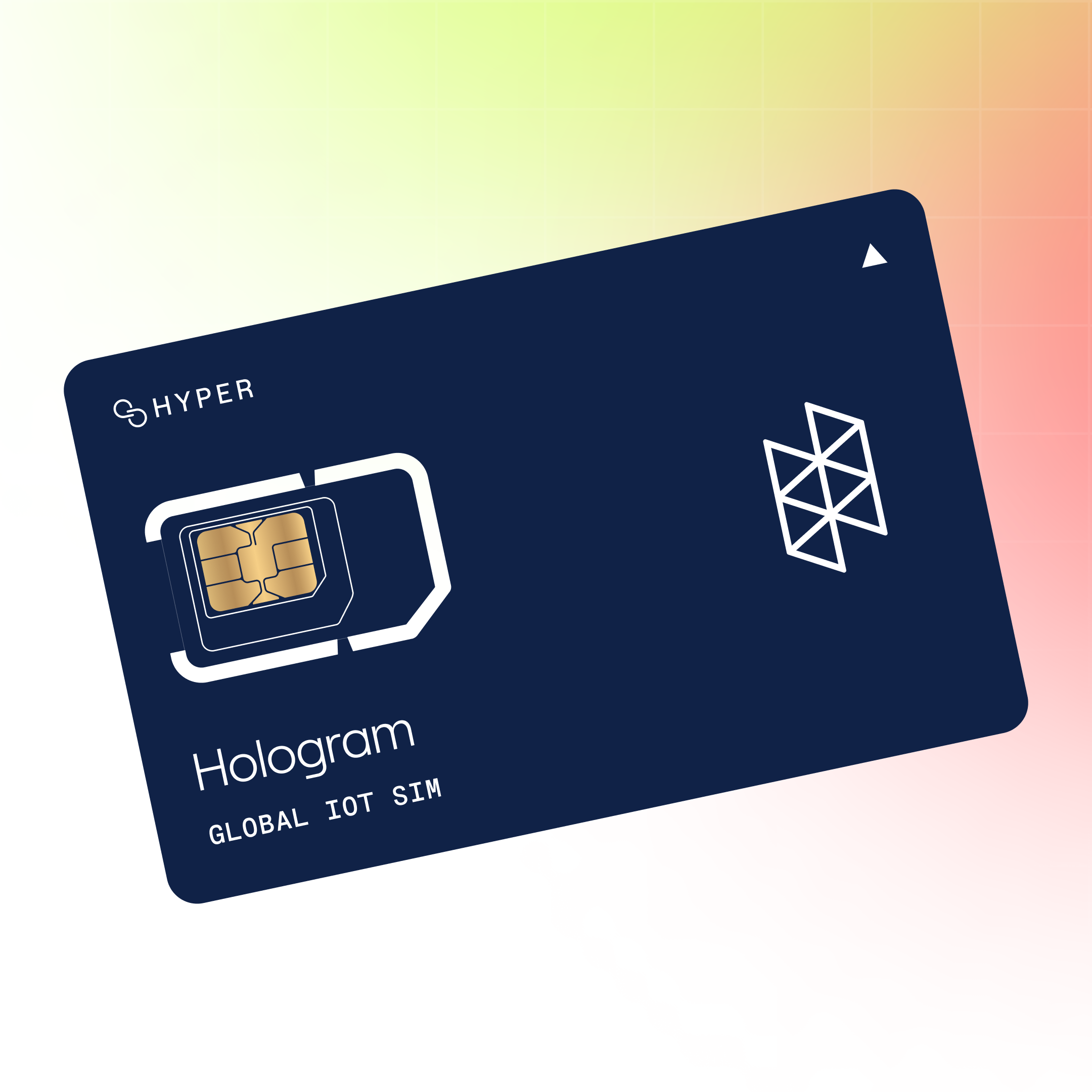IoT Connectivity Management Common IoT Connectivity Technologies and Use Cases
The rise of wearable gadgets has opened new avenues for innovation throughout quite a few industries. However, to harness their full potential, sturdy and reliable connectivity options are important. The choice course of for the most effective IoT connectivity options for wearable gadgets requires careful consideration of assorted elements together with range, energy consumption, data transmission speeds, and total person experience.
Bluetooth is probably considered one of the most commonly used connectivity technologies for wearables. Its low power consumption makes it perfect for devices that always run on batteries. Bluetooth permits a seamless connection between devices like smartwatches and smartphones, allowing customers to receive notifications and conduct health monitoring without significant energy draw. The introduction of Bluetooth Low Energy has enhanced its place in the wearable market by extending battery life whereas supporting steady information exchange.
Wi-Fi is usually utilized in additional sturdy wearable functions, especially in scenarios where high information throughput is crucial. It supplies significant advantages for streaming information and syncing massive volumes of information. IoT Connectivity Solutions. Many smart glasses and advanced health trackers use Wi-Fi to push updates and real-time data analysis. The major disadvantage remains its energy consumption, making it much less suitable for battery-operated wearables meant for extended use without frequent charging.
Cellular connectivity, encompassing standards like LTE and emerging 5G technologies, provides in depth protection, enabling wearables to operate independently of smartphones. This is especially helpful for health trackers that enable users to maintain connectivity during outdoor actions, where smartphone connectivity may be compromised. The introduction of eSIM expertise has additional streamlined the integration of cellular connectivity into wearables, offering flexibility in subscriptions.
IoT Connectivity Management Platform for IoT Connectivity Management
LoRaWAN (Long Range Wide Area Network) is another exciting IoT connectivity choice for wearables, particularly in biometrics and healthcare monitoring. Its prolonged range permits wearables to transmit knowledge over several kilometers without a cellular connection. This capability is instrumental in distant areas, enhancing the monitoring of patients or people in outside situations. Moreover, its low-power profile aligns nicely with the energy-efficiency wants of wearable devices.

NFC (Near Field Communication) presents a novel but limited choice for wearables. Primarily seen in contactless payments and keyless entry methods, NFC permits for immediate transactions or data exchanges within shut proximity. While not appropriate for continuous data switch like different technologies, its simplicity and immediacy make it a useful addition, particularly in units infused with public transportation features.
Mesh networks, enabled by technologies like Zigbee or Thread, create a unique alternative for wearables within smart home ecosystems. These technologies allow gadgets to speak with each other, enhancing functionality corresponding to smart house integration and improving knowledge sharing among numerous units. The interconnected nature of mesh networks brings about various advantages in protection and energy efficiency, that are crucial within the wearable panorama.
Mobile Data Connectivity For IoT Common IoT Connectivity Technologies and Use Cases
The trade-offs between bandwidth and energy consumption are crucial when assessing one of the best IoT connectivity choices. Wearables designed for health monitoring often prioritize energy effectivity over excessive information throughput. Their capacity to collect and transmit small, consistent information packets can leverage low-power protocols with out sacrificing overall efficiency. This strategy is particularly effective when thought of in long-term monitoring scenarios, corresponding to continual illness management or elderly inhabitants health care.
Another notable side issues the consumer experience associated with connectivity choices. Quick and reliable link establishment can considerably improve the usability of a device. Users typically anticipate seamless integration with smartphones or other major gadgets. This expectation can put stress on producers to choose connectivity choices that guarantee easy interactions whereas maximizing battery life.
Security stays a foremost concern for wearable system connectivity. As these units turn out to be more and more built-in into users' lives, guaranteeing the safeguarding of delicate data is paramount. Protocols like TLS (Transport Layer Security) and end-to-end encryption methods turn into important elements for protecting user data transmitted via different connectivity frameworks. Collaborating with trusted fourth-party safety vendors can enhance a tool's general integrity and consumer confidence.
Market trends point out a growing inclination towards multi-connectivity solutions. Wearable devices incorporating multiple connectivity choices can adapt seamlessly to various scenarios. A smartwatch, for example, may make the most of Bluetooth for fast syncs and NFC for contactless payments whereas counting on a cellular connection for receiving notifications during workouts. This versatility provides immense value for customers who search an all-encompassing system that adapts to diverse needs.
IoT Connectivity Companies Global Managed IoT Connectivity Services
Looking forward, the importance of interoperability amongst IoT connectivity choices will crucially shape the design of future wearable gadgets. Seamless integration across completely different networks will enable wearables to perform extra effectively within an IoT ecosystem. Ambitious producers are beginning to explore APIs that permit gadgets to speak throughout platforms, amplifying the potential makes use of of wearables in on a regular basis situations.
In abstract, selecting the right IoT connectivity choices for wearable gadgets involves a multi-faceted approach. Factors corresponding to energy efficiency, information throughput, vary, person expertise, safety, and future developments all play important roles in shaping choices on this revolutionary field. With expertise repeatedly evolving, the give consideration to optimizing these connectivity strategies might be key in unlocking the vast potential of wearable units for users worldwide.
Continuous improvements in connectivity technologies will also drive the following technology of wearables, making them more efficient, extra highly effective, and more built-in into the lives official site of customers. As new IoT options emerge and existing technologies enhance, the panorama will shift accordingly, paving the greatest way for a wiser, more linked world.
Mobile Data Connectivity For IoT Basics of Global IoT Connectivity

- Cellular connectivity offers widespread protection and is right for wearables that require fixed knowledge transmission without dependence on native networks.
- Bluetooth Low Energy (BLE) enables environment friendly communication for short-range purposes, making it excellent for health trackers and smartwatches that sync knowledge with smartphones.
- Wi-Fi is suitable for wearable gadgets needing excessive bandwidth for tasks like video streaming or large knowledge uploads, usually utilized in smart glasses and AR devices.
Managed IoT Connectivity Services Top IoT Connectivity Management Platforms
- LPWAN technologies, corresponding to LoRaWAN and Sigfox, present long-range connectivity with low energy consumption, facilitating remote monitoring and monitoring functions in wearables.
- Mesh networks enhance the connectivity of wearables by permitting gadgets to relay information to each other, growing vary and reliability, particularly in dense environments.
- Zigbee is efficient for house automation wearables, allowing units to speak seamlessly with smart house methods while consuming minimal energy.
IoT Connectivity Smart Connectivity for IoT Services

- Near Field Communication (NFC) permits quick information exchanges for duties like contactless payments or pairing between devices, providing added convenience for wearables.
- Satellite connectivity is important for outdoor wearables utilized in remote areas, making certain functionality the place conventional networks are unavailable.
- Dynamic connectivity options allow wearables to seamlessly change between numerous networks based mostly on availability, bettering reliability and person expertise.
IoT Connectivity Comparison Comparison Guide for IoT Connectivity
- 5G expertise guarantees ultra-low latency and high-speed data switch for advanced wearable purposes, such as real-time health monitoring and augmented actuality experiences.
What are the main IoT connectivity options for wearable devices?undefinedThe main IoT connectivity choices include Bluetooth, Wi-Fi, cellular networks, Zigbee, and LoRaWAN. Each choice has its own use instances: Bluetooth is right for short-range connectivity, Wi-Fi provides higher bandwidth, cellular is suitable for broad protection, Zigbee is energy-efficient for small knowledge packets, and LoRaWAN is excellent for long-range, low-power applications.
(IoT Connectivity Management Platform)
How do I choose the most effective connectivity possibility for my wearable device?undefinedChoosing the best connectivity possibility is dependent upon varied elements like range, power consumption, information switch needs, and environmental conditions. Evaluate the applying's necessities, similar to whether it calls for real-time information transmission or can function on low energy over longer distances.
What is the function of Bluetooth in wearable devices?undefinedBluetooth is widely used in wearable devices as a end result of its low power consumption and ease of pairing. It is suitable for purposes like fitness trackers and smartwatches that require short-range connectivity to smartphones or other units with out draining the battery shortly.
Is Wi-Fi a great choice for wearables?undefinedWi-Fi is useful for wearables that require high-speed web access and could be charged frequently. It provides higher bandwidth for transmitting larger amounts of data, making it suitable for applications like video streaming or intensive information synchronization.
Industrial IoT Connectivity Market Reports on IoT Connectivity
Can wearable units use cellular networks?undefinedYes, wearable units can use cellular networks, which allows them to attach on to the internet without needing a smartphone. This possibility is good for purposes that require real-time data transmission over lengthy distances, similar to GPS tracking and emergency services.
What are Zigbee and LoRaWAN, and the way do they apply to wearables?undefinedZigbee is a low-power, mesh networking protocol suitable for short-range communication in smart homes and health monitoring. LoRaWAN, however, is designed for long-range communication with low power consumption, making it ideal for wearables that must transmit knowledge over huge distances whereas conserving battery life.
How does connectivity impact the battery lifetime of wearable devices?undefinedDifferent connectivity options can significantly have an result on battery life. For instance, Bluetooth tends to devour much less power compared to Wi-Fi and cellular choices. Understanding the trade-offs between connectivity kind and battery effectivity is crucial for optimizing wearable system performance.
What safety measures should I contemplate for IoT connectivity in wearables?undefinedSecurity is paramount for IoT units. Implement measures such as encryption, common software updates, safe pairing methods, and system authentication to protect knowledge and maintain consumer privacy. Always comply with best practices in IoT cybersecurity.
M2M IoT Connectivity Management of Connectivity in IoT
Are there straight from the source particular compliance standards for IoT connectivity in wearables?undefinedYes, wearables should comply with numerous standards like IEEE 802.15.1 for Bluetooth, IEEE 802 - IoT Connectivity Control.11 for Wi-Fi, and additional country-specific laws for cellular technologies. Ensuring adherence to these standards provides reliability and ensures user safety and data integrity.